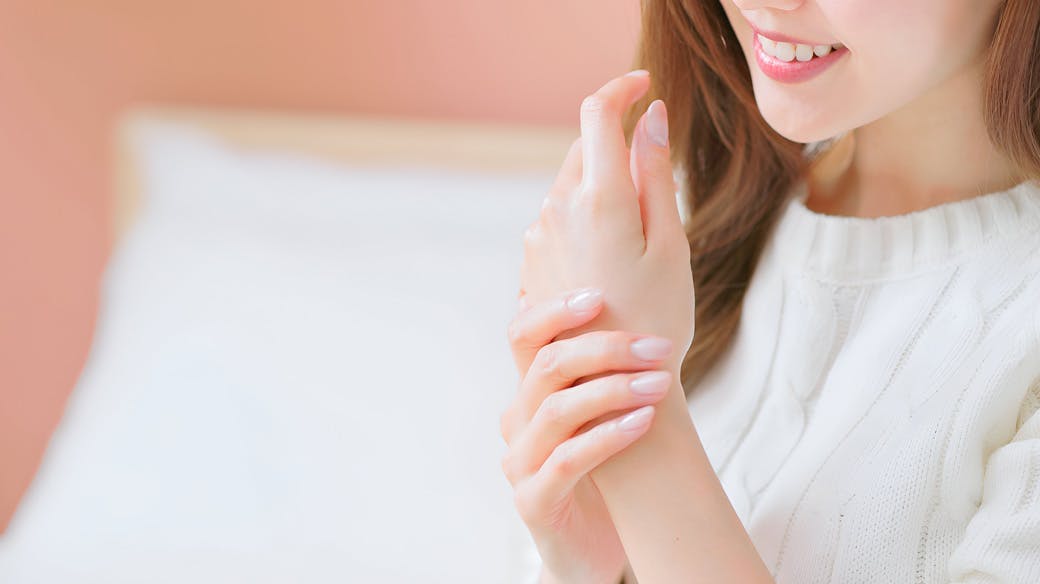Understanding Seborrheic Dermatitis: Symptoms, Causes, and Self-Care Tips
Many people have experienced peeling skin or flakiness on their face or body at some point. However, frequent occurrences may indicate chronic skin inflammation, which could be a risk for seborrheic dermatitis. Today, we'll explore seborrheic dermatitis, its symptoms, and how to manage it effectively.
What is Seborrheic Dermatitis?
Seborrheic dermatitis is a common, chronic skin condition with no known specific cause. It typically affects areas with a high concentration of sebaceous glands, such as the scalp, face, ears, nose, eyebrows, chest, back, and the folds of the body. If left untreated, it can spread to other parts of the body, such as from the scalp to the chest.
Symptoms of Seborrheic Dermatitis:
- Peeling skin: White or yellowish flakes, accompanied by pain, redness, and itching.
- Oily patches: The affected skin becomes oily with white or yellow scales and hardened patches.
- Dandruff: Flakes may appear on the scalp, eyebrows, or beard, especially noticeable when scratching.
- Hair loss: In some cases, seborrheic dermatitis can cause hair loss.
- Eyelid inflammation: When affecting the eyelids, it can lead to inflammation.
Causes of Seborrheic Dermatitis:
The exact cause of seborrheic dermatitis is not clear, but it may result from several factors, including:
- Immune system abnormalities: Issues with immune response or immunity deficiencies.
- Fungal overgrowth: Excess Malassezia yeast on the skin.
- Stress and inadequate rest: Both can weaken the immune system, disrupting skin balance and increasing risk.
- Genetics: Family history of allergic conditions can increase the likelihood of developing seborrheic dermatitis.
- Hormonal fluctuations: Changes in hormone levels can trigger the condition.
- Environmental factors: Dust, pollution, harsh chemicals, and extreme weather conditions (hot or cold) can exacerbate symptoms.
- Alcohol-based lotions: These can irritate the skin.
- Certain medications: Drugs like lithium and chlorpromazine (antipsychotics) may have side effects including skin peeling.
- Underlying health issues: Conditions such as organ transplants, HIV, chronic alcoholism, and certain cancers can contribute to the condition.
Who is at Risk for Seborrheic Dermatitis?
Seborrheic dermatitis can affect individuals of any age and gender but is most common in infants under 3 months and adults aged 30 to 60, with a higher prevalence in men. In infants, it is known as "cradle cap" and usually resolves by the age of 1. In adults, symptoms can persist and fluctuate over many years.
How Does Seborrheic Dermatitis Differ from Psoriasis?
Since seborrheic dermatitis shares symptoms with other conditions like psoriasis, eczema, and rosacea, accurate diagnosis is crucial. Key differences include:
- Psoriasis: A chronic condition where skin cells proliferate rapidly, forming thick, white or silvery scales, unlike seborrheic dermatitis which mainly causes dandruff and redness.
- Atopic Dermatitis: Typically characterized by intense itching and blisters, contrasting with seborrheic dermatitis’s yellow or brown scales and oiliness.
- Rosacea: Involves redness and acne-like bumps without the scaling seen in seborrheic dermatitis.
Self-Care and Treatment for Seborrheic Dermatitis:
Managing seborrheic dermatitis focuses on symptom relief, as it is a long-term condition. Here are some self-care tips:
- Cleansing: Use only clean water or a mild soap, and wash gently to prevent irritation. Dry the skin thoroughly to avoid moisture buildup.
- Shampoo: For scalp issues, choose shampoos with Ketoconazole, Zinc Pyrithione, or Selenium Sulfide. Consult a doctor or pharmacist for recommendations.
- Moisturizing: Use gentle, fragrance-free moisturizers suitable for sensitive skin, such as baby oil, to maintain skin hydration and reduce irritation.
- Sun Exposure: Limit sun exposure as it can worsen symptoms. If unavoidable, protect the skin with hats, umbrellas, or long-sleeved clothing.
- Avoid Harsh Treatments: Refrain from exfoliating or using aggressive facial treatments, as they can aggravate symptoms.
- Rest and Stress Management: Ensure adequate sleep, manage stress, and exercise regularly to boost immunity and skin health.
- Consult a Specialist: If symptoms worsen or affect daily life, see a dermatologist. Treatment may involve antifungal medications and anti-inflammatory drugs (both steroidal and non-steroidal).
Though seborrheic dermatitis cannot be cured, understanding and managing the condition can improve quality of life. For more health articles and tips, visit https://www.krungthai-axa.co.th/th/health-advisories
References:
· Pobpad
· Samitivej Hospital
· Cleveland Clinic
· Vimut Hospital
https://bit.ly/4a3Vqse
· Mayo Clinic
https://bit.ly/3IPVAre


